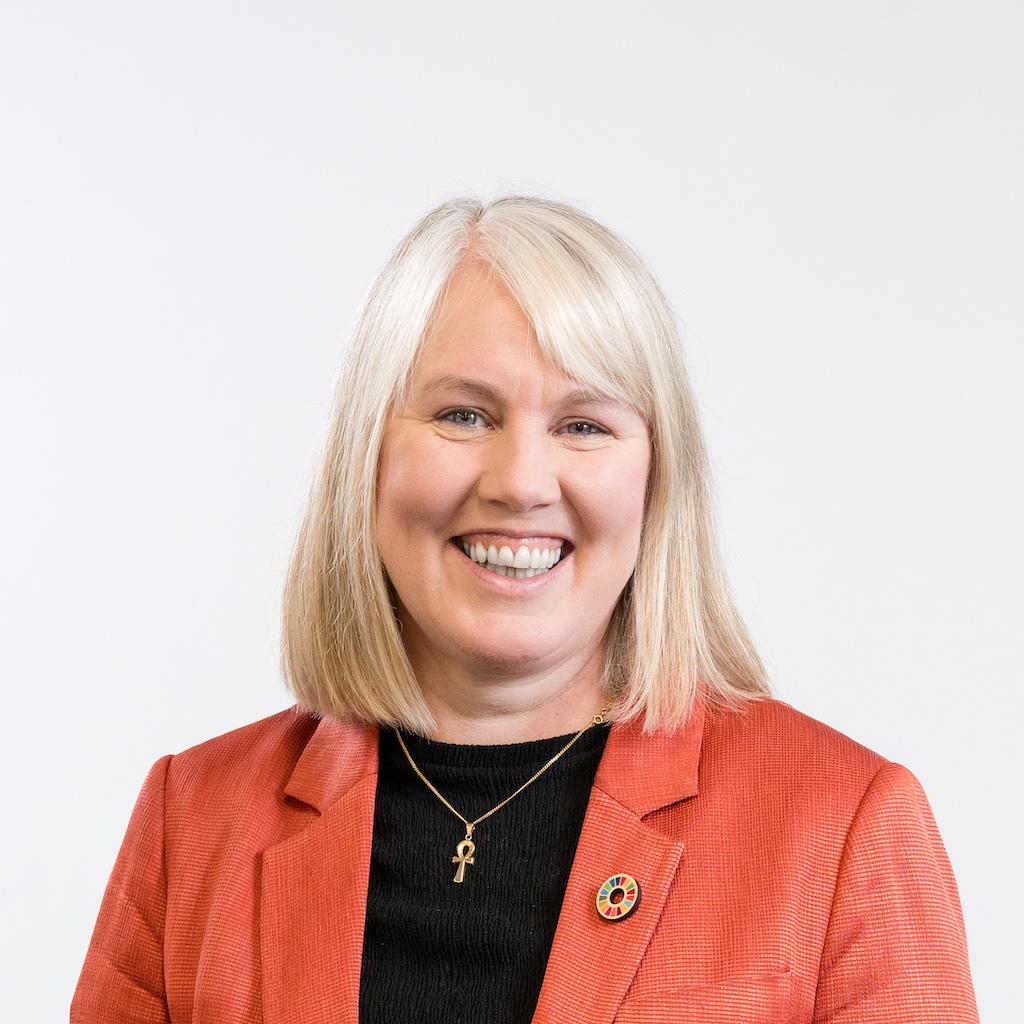Commentary: Carbon Removals Are An Essential Part Of Decarbonizing Aviation

Gabrielle Walker
The topic of decarbonization will be high on the agenda during the Farnborough Airshow. Aviation has one of the most challenging pathways to net-zero emissions and its executives are acutely aware that solving their carbon issue is existential for the future of the industry.
Among the many solutions that will be discussed, one vital element is emerging from backstage into the limelight: carbon removals.
Until recently almost all the climate focus of the aviation sector has rightly been on decarbonization. This has typically looked like a combination of demand management, more efficient operations and aircraft, and alternative fuels such as hydrogen, electricity and sustainable aviation fuel (SAF). But it’s increasingly clear that carbon removals will need to be a substantial part of this solution, providing the “net” in aviation’s net zero plans.
At the Sustainable Skies World Summit at Farnborough, UK, in May, Boeing CSO Brian Moran showed me their model, Cascade, which is a sophisticated analytical tool developed to project and analyze the pathways for decarbonizing the aviation sector. Created in collaboration with MIT, NASA, Cambridge University and other leading institutions, the model allows variables to be entered such as the availability of renewable electricity, the amount of demand reduction, and various policy levers. It then responds with a spectrum of the percentage for each of the solutions, including carbon removals, based on the input variables.
When fairly conservative estimates of the levers are entered, both SAF and removals loom very large in the model’s output. Between them, they typically cover half of the answer, with removals accounting for some 30% of the eventual solution. Other industry maps arrive at similar conclusions.
Of these two major solutions, it’s understandable that SAF gets the lion’s share of the attention. A straightforward drop-in solution that can work with today’s engines and distribution systems, SAF can seem like a miracle cure for aviation’s climate problems. But it has its own challenges.
The production of SAF relies on sustainable feedstocks, which include used cooking oil, agricultural residues, non-food crops and algae. However, the availability of these feedstocks is limited. Scaling up SAF production to meet global aviation demand requires a significant increase in sustainable feedstock supply, which is a complex and resource-intensive process.
Additionally, the higher costs and limited availability of SAF feedstocks present economic constraints: SAF is considerably more expensive than carbon removals and likely to remain so. And today’s SAF still avoids only up to 70% of the emissions compared to the jet fuel that it replaces. Airlines and fuel producers must navigate these challenges while balancing the need for affordable, scalable solutions to achieve their decarbonization goals.
And that’s where removals come in. There is the risk, of course, that they can seem like greenwashing—a “get out of jail free” card to avoid the hard work of decarbonization. But removals are not an easy way out. These are not the cheap offset schemes of the past. The high durability removals that aviation needs to close its decarbonization gap are expensive (though less so than SAF), complex, and they need dedicated attention from industry leaders. The challenge is that so few high durability carbon removals are being produced that achieving the levels needed by aviation alone will require rapid and massive scaling.
Some are stepping up. At Sustainable Skies, British Airways (BA) chairman and CEO Sean Doyle identified the gap as some 25-30% of emissions and said that removals were “the direction we’re going in for the residual.” BA is acting on that front, with more to come. And Airbus has also committed to significant purchases of carbon removals, providing a direct route for airlines to bolster their removals purchasing.
But there is room for much more. The aviation industry is well placed to embrace carbon removals, and the SAF journey already shows the way. Many aviation companies have had to scale up SAF production and integrate it into their supply chains, negotiate new regulation and an evolving market, and get to grips with forward-financing to mitigate the risks associated with long-term projects. This experience, and the insights gained in the process, can be applied to adopting removals.
But voluntary, privatized action will never be enough on its own, and that’s where governments come in. Policymakers around the world know what it takes to scale an industry from scratch, which is why they are supporting the scale-up of SAF with stringent mandates that will come into force next year in the European Union and UK, along with similar measures in the US, Singapore, Japan and the UAE. We now need similar mandates for scaling up carbon removals alongside SAF.
Importantly, nothing here implies that SAF and removals should be pitted against each other. They are complementary, two essential elements in the solution for decarbonizing aviation.
Bringing removals into focus alongside its more celebrated sibling gives the best chance of achieving “jet zero,” as the UK is calling it. SAF alone is certainly going to face challenges of availability and cost. If we start scaling up removals alongside the SAF market, when it comes to the crunch there will still be choices. That will surely be better for the aviation industry and for the world.
Gabrielle Walker is chief scientist at CUR8 and executive chair at Rethinking Removals.




